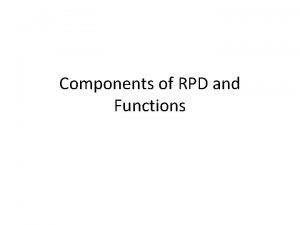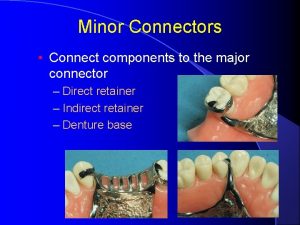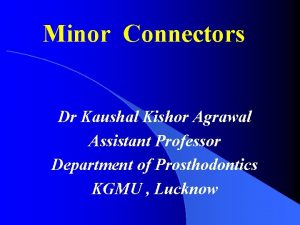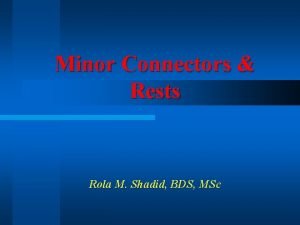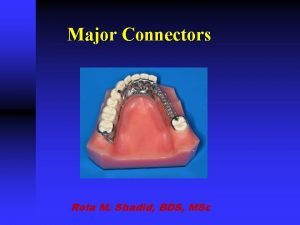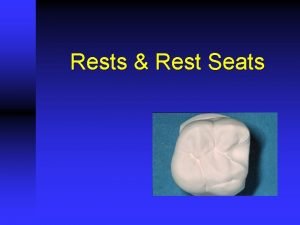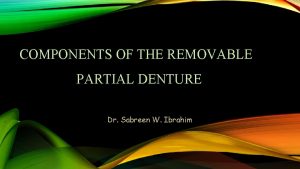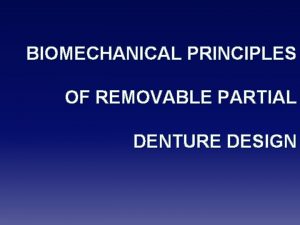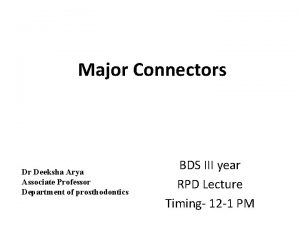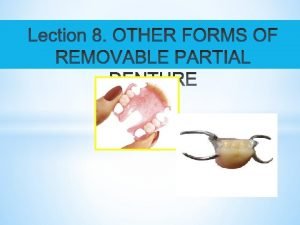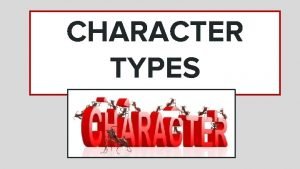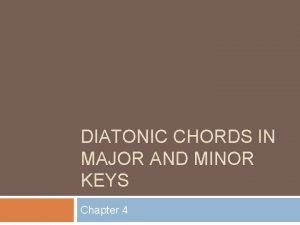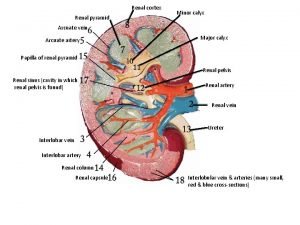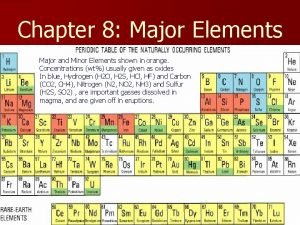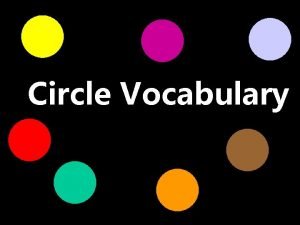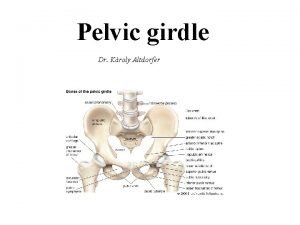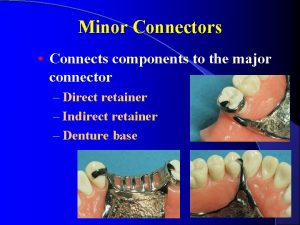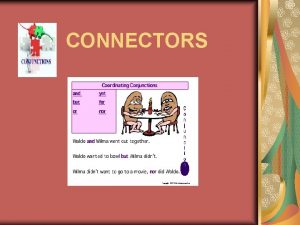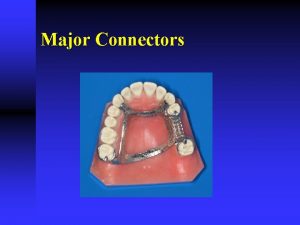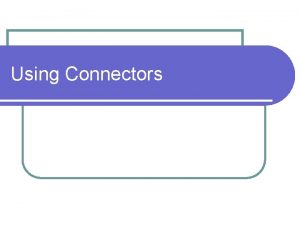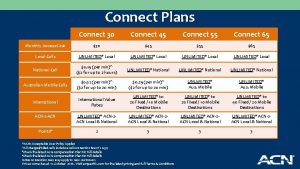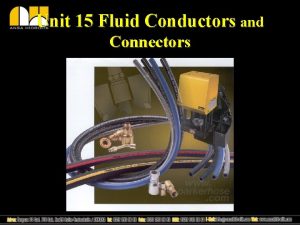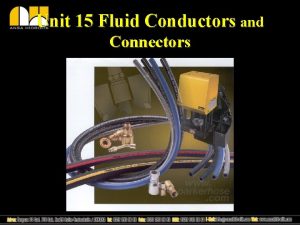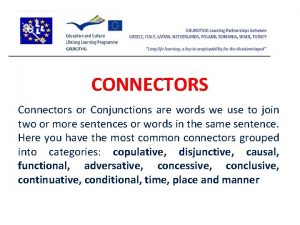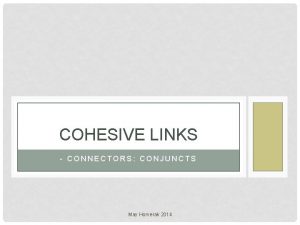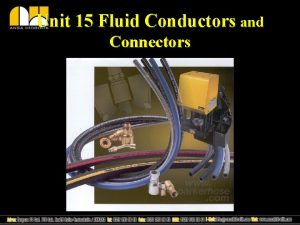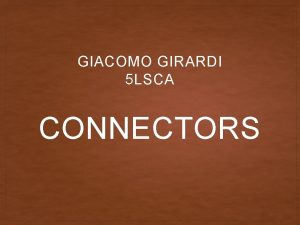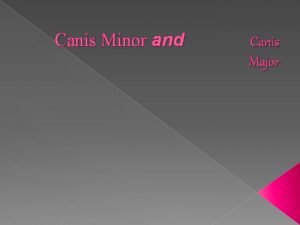Minor Connectors Connect components to the major connector




























- Slides: 28

Minor Connectors • Connect components to the major connector – Direct retainer – Indirect retainer – Denture base

Functions of Minor Connectors • Unification and rigidity • Stress distribution • Bracing through contact with guiding planes • Maintain a path of insertion

Types of Minor Connectors • Embrasure Minor Connectors – Between two adjacent teeth

Types of Minor Connectors • Embrasure Minor Connectors – Triangular shaped in cross section – Joins major connector at right angles – Relief placed over free ginigival margin so connector to minimize potential for impingement

Types of Minor Connectors • Embrasure Minor Connectors – Contact teeth at or above height of contour – Prevents wedging & tooth mobility – Alternatively, difficult to seat

Gridwork Minor Connectors • Connect denture base and teeth to major connector

Gridwork Minor Connectors • Adjacent edentulous spaces • Usually connect major connector to direct retainers • Open lattice work or mesh types

Gridwork Minor Connectors • Mesh type – Flatter – Potentially more rigid – Less retention for acrylic if openings are small

Gridwork Minor Connectors • Lattice Type • Potentially superior retention • Interferes with setting of teeth, if struts are too thick – Both types are acceptable if correctly designed

Gridwork Relief • Mechanical retention of denture base resin • Allows acrylic resin to flow under gridwork • ~1 mm thickness (baseplate wax) 1 mm

Gridwork Relief • Relief wax is placed over edentulous areas

Relief Under the Gridwork • Should begin 1. 5 - 2 mm from the abutment tooth 1. 5 -2 mm

Relief Under Gridwork • Creates a metal to tissue contact adjacent tooth – Preferable since it wears less – Less porous, (hygiene)

Junction With Major Connector • Butt joint with slight undercut in metal • Maximum bulk of the acrylic resin • Prevents thin, weak edges fracturing

Mandibular Gridwork Design • Extend 2/3 of the way from abutment tooth to retromolar pad • Never on the ascending portion of the ridge Stewart's, Fig. 2 -55

Maxillary Gridwork Design • Gridwork – 2/3 of the length of from abutment to the hamular notch • Major connector – extends fully to the hamular notch

Maxillary Gridwork Design • Gridwork – Don’t want interference with opposing denture base/tissue

Gridwork Design Facially just over the crest of the residual ridge

Position of Major Connector Junction • Should be ≈ 2 mm medial to lingual surface of denture teeth

Position of Major Connector Junction • Ensures bulk of resin around teeth

Mandibular Tissue Stops • Contact of metal with cast at posterior of distal extension gridwork • Prevents distortion at free end during hydraulic pressure of processing

Mandibular Tissue Stops Without Gap Between Base and Tissue

No Tissue Stops In Maxilla • Maxillary major connector acts as a tissue stop (no relief)

Proximal Plates • Originate from the gridwork minor connector in an edentulous area • Broad contact with guiding planes • May or may not terminate in an occlusal rest

Proximal Plates

Proximal Plates • Shifted slightly lingually – Increases rigidity – Enhances reciprocation – Improves esthetics • Often a triangular space below the guiding plane (undercut)

Proximal Plates • Rigid, cannot be placed in undercut • Block-out placed in undercuts prior to waxing and casting the framework

Zero Degree Block-Out • Does not deviate from path of insertion • Instructions to the laboratory should state “Use zero degree blockout”
 Retentive arm function
Retentive arm function Which component of
Which component of Types of major connectors
Types of major connectors Minot arc
Minot arc Embrasure minor connector
Embrasure minor connector Interproximal rest
Interproximal rest Lingual plate
Lingual plate Cingulum rest prep
Cingulum rest prep Sistem cramer rezolvare
Sistem cramer rezolvare Apron complete denture
Apron complete denture Snow shoe effect in rpd
Snow shoe effect in rpd Cingulum bar major connector
Cingulum bar major connector Asc 52 attachment
Asc 52 attachment Tripoding in prosthodontics
Tripoding in prosthodontics Lingual bar indication
Lingual bar indication Indirect stress definition
Indirect stress definition Extracoronal attachment
Extracoronal attachment Function of indirect retainer
Function of indirect retainer Swing lock labial bar
Swing lock labial bar Supporting details example
Supporting details example Types of characters.
Types of characters. Diatonic chords in major and minor keys
Diatonic chords in major and minor keys Renal papillae
Renal papillae Critical reynolds number
Critical reynolds number What is minor supporting details
What is minor supporting details Groundwork for college reading
Groundwork for college reading Minor elements
Minor elements Different types of arcs in a circle
Different types of arcs in a circle Subinguinal hiatus
Subinguinal hiatus
